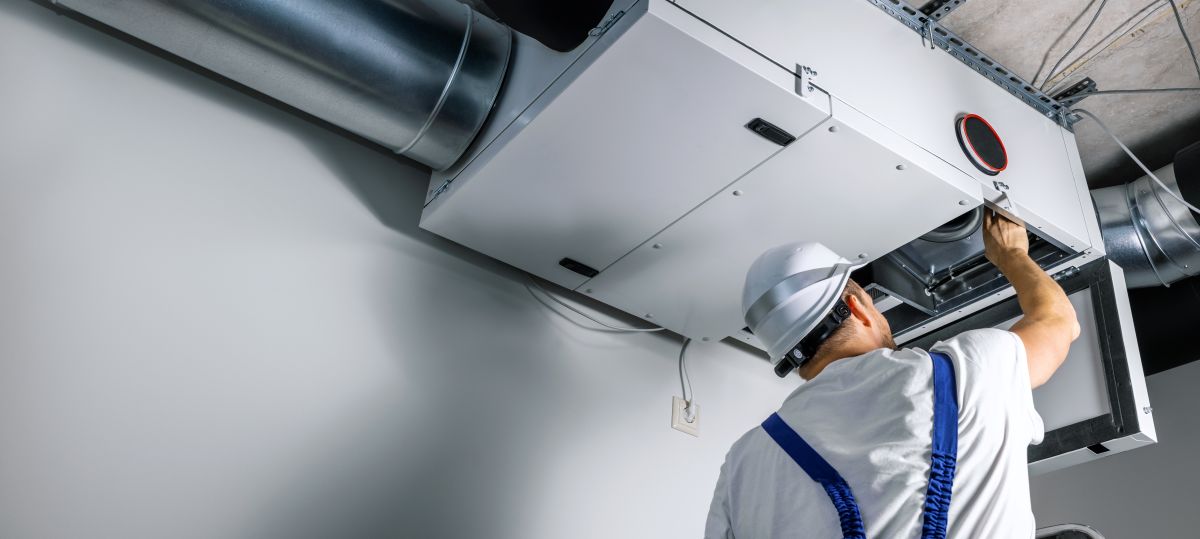What’s a Rich Text element?
The rich text element allows you to create and format headings, paragraphs, blockquotes, images, and video all in one place instead of having to add and format them individually. Just double-click and easily create content.
Static and dynamic content editing
A rich text element can be used with static or dynamic content. For static content, just drop it into any page and begin editing. For dynamic content, add a rich text field to any collection and then connect a rich text element to that field in the settings panel. Voila!
How to customize formatting for each rich text
Headings, paragraphs, blockquotes, figures, images, and figure captions can all be styled after a class is added to the rich text element using the "When inside of" nested selector system.
- This is a list item
- Another list item
- Numbered item
- Another numbered item
Some link
Not all work orders or CMMS (Computerized Maintenance Management System) systems are created equal. The ability to create, assign, track, and close work orders efficiently is central to any CMMS. Most should enable prioritization of tasks, assignment to the appropriate personnel, and tracking of time and resources used. In most settings, that is enough. But in healthcare, more is required. The task to find one can be daunting since so many are one size fits all.
A well-designed CMMS in a healthcare setting does more than just track repairs and schedule maintenance. An effective healthcare CMMS must ensure uninterrupted, safe, and efficient operation of medical equipment and facilities, comply with stringent regulatory standards, and support the overall goal of delivering high-quality patient care. Implementing an effective work order or CMMS program in a healthcare facility requires special considerations given the critical nature of healthcare services and the complex, sensitive equipment involved.
Here's a detailed checklist of what an effective healthcare work order system or CMMS should look like:
- Comprehensive Asset Management: In healthcare, equipment ranges from simple tools to advanced medical devices. The CMMS should have detailed records for each asset, including location, specifications, maintenance history, warranty details, calibration schedules, and criticality rating based on its importance to patient care. This facilitates quick access to important information and improves maintenance planning.
- Preventive & Predictive Maintenance Scheduling: Preventive & predictive maintenance is crucial for reducing equipment downtime and extending asset life. An effective CMMS should allow scheduling of regular maintenance tasks based on time intervals or usage metrics. Scheduled preventive maintenance is vital to avoid equipment failures that could impact patient care. Additionally, integrating predictive maintenance through IoT sensors can preemptively alert potential equipment failures.
- Emergency and Corrective Maintenance Management: Quick response to equipment failures is critical. The CMMS should allow fast creation and prioritization of emergency work orders, ensuring rapid deployment of maintenance personnel.
- Sterilization and Infection Control Procedures: Maintenance activities must adhere to strict sterilization and infection control protocols. The CMMS should track and schedule these procedures, especially in areas like operating rooms or intensive care units.
- Inventory Management: Keeping track of spare & critical parts as well as maintenance supplies is essential. The CMMS should monitor inventory levels, facilitate reordering, and manage suppliers to prevent low stock or overstocking.
- Mobile Accessibility: Technicians should be able to access the CMMS on mobile devices. This allows them to view work orders, update task status, and access asset information on the go.
- Reporting and Analysis: Detailed reports on maintenance activities, downtime, costs, team performance, and compliance are essential for continuous improvement and decision-making.
- Data Security and Patient Privacy: Given the sensitive nature of health data, the CMMS must have robust security measures to protect patient information and comply with data privacy laws.
- Compliance and Safety Management: The CMMS should help in maintaining compliance with industry standards and safety regulations, including tracking of necessary inspections and audits.
- Vendor and Contract Management: In many cases, specialized medical equipment is serviced by external vendors. The CMMS should manage these vendor contracts and service level agreements.
- Integration Capabilities: Integration with other systems (like ERP, accounting software, etc.) enhances data accuracy and reduces the need for duplicate data entry. The most efficient and productive being integration with software of the same platform. This also produces less training due to prior knowledge of the existing interface.
- User Training and Support: Adequate training for new users and continuous technical support are essential to ensure the effective implementation and use of the CMMS.
- Scalability and Configuration: The ability to scale and customize the system as per the organization's changing needs is important for long-term utility.
- Cost-Effectiveness: Finally, the system should provide a good return on investment by reducing maintenance costs, extending asset life, and improving efficiency.
The complexities of healthcare systems, combined with the critical nature of their function, demand a robust, specialized approach to maintenance management. By integrating predictive maintenance, emergency response protocols, and stringent inventory management, such a system becomes an indispensable tool in the smooth operation of a healthcare facility. It's a testament to how the right blend of technology and process can create an environment where healthcare professionals can focus on what they do best – caring for patients.










.svg)














.svg)






.svg)
.svg)
.png)